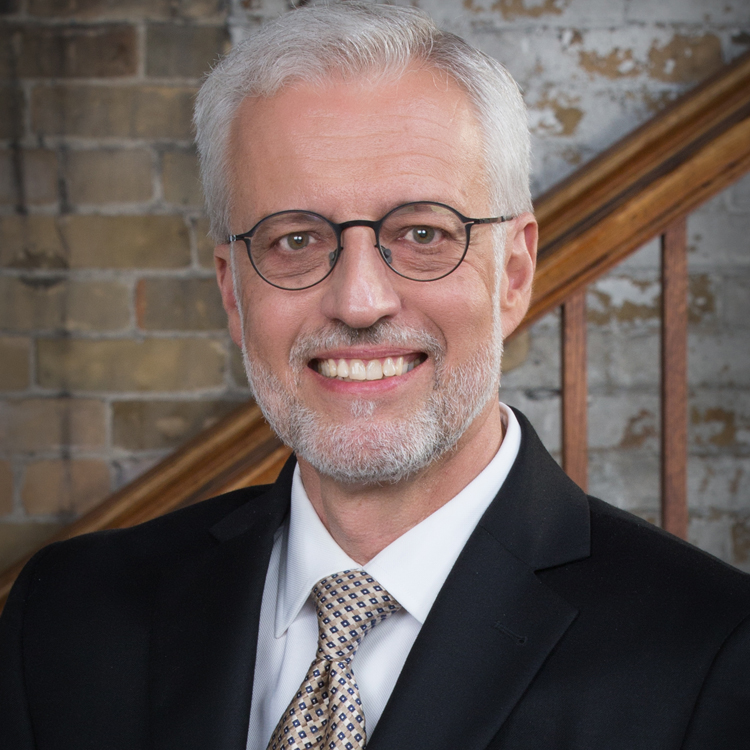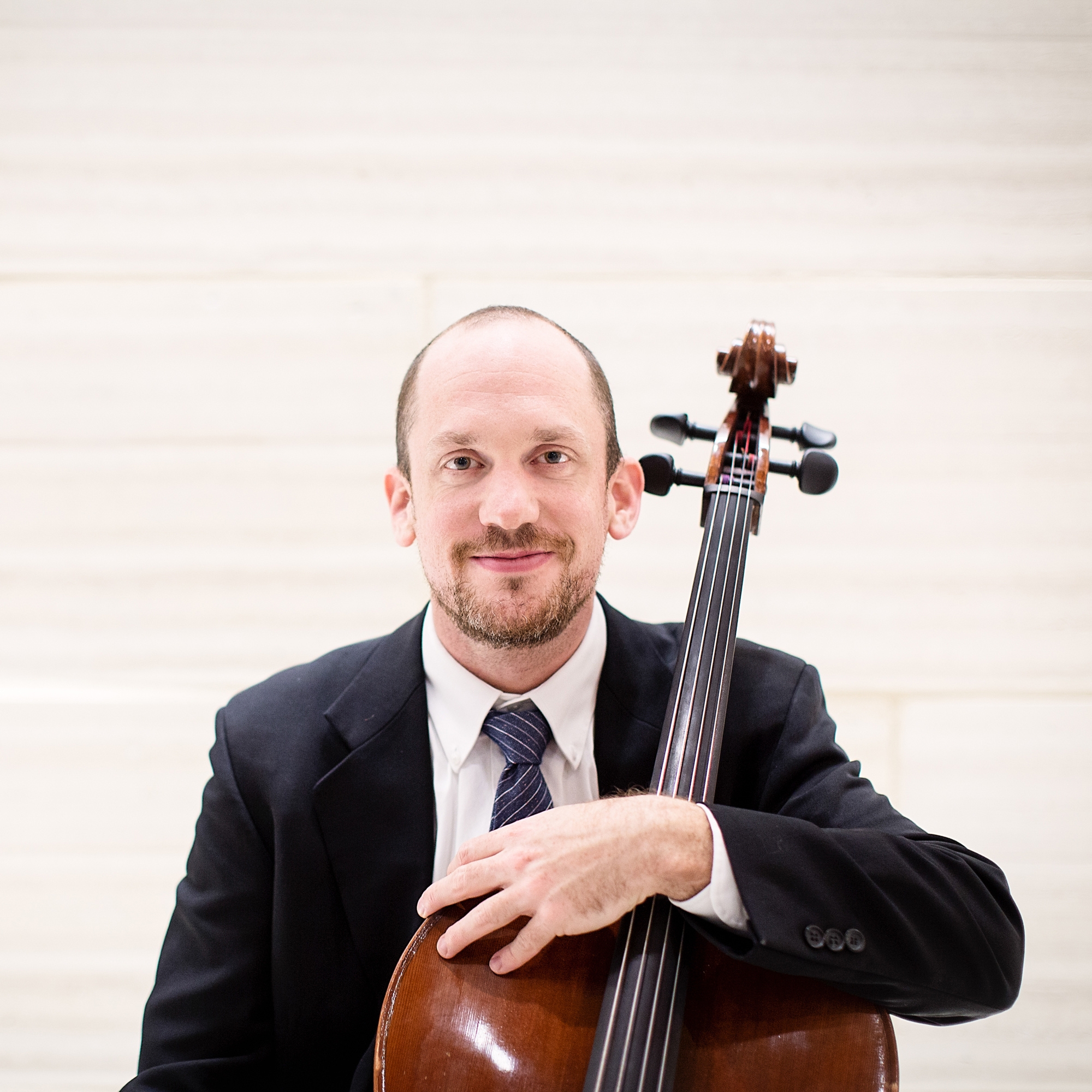Tafelmusik Chamber Choir
Michael Unterman, violoncello
Charlotte Nediger, organ
Directed by Ivars Taurins
Performances:
June 6, 2025 at Jeanne Lamon Hall, Trinity-St. Paul’s Centre
Program
Johann Sebastian Bach
1685–1750
Prelude from Cello Suite no.3
Kyrie from Mass in G Major
J.S. Bach
Allemande from Cello Suite no. 1
Chorale: Es ist das Heil
Johannes Brahms
1833–1897
Es ist das Heil, op. 29, no. 1 (1856)
J.S. Bach
Courante from Cello Suite no. 4
Max Reger
1873–1916
Morgengesang, op. 138, no. 2 (1914)
J.S. Bach
Chorale: Unverzagt und ohne Grauen
Gottfried August Homilius
1714–1785
Seid fröhlich in Hoffnung
Max Reger
Schlachtgesang, op. 138, no. 7 (1914)
J.S. Bach
Sarabande from Cello Suite no. 3
Sei Lob und Preis
Chorale: Ich armer Mensch
J. Brahms
Ach, arme Welt, op. 110, no. 2 (1889)
Felix Mendelssohn
1809–1847
Herr, gedenke nicht, op. 79, no. 4 (1845)
J.S. Bach
Menuets from Cello Suite no. 2, BWV 1008
M. Reger
Der Mensch lebt, op. 138, no. 1 (1914)
J.S. Bach
“Lobet den Herrn – Alles was Odem hat,″ from Singet dem Herrn
J. Brahms
Chorale: Mit Fried und Freud (1877)
Josef Rheinberger
1839–1901
Abendlied, op. 69, no. 3 (1873)

Ivars Taurins
Director
Equally at home conducting symphonic and choral repertoire, Ivars Taurins is the founding director of the Tafelmusik Chamber Choir. He was also founding member and violist of the Tafelmusik Orchestra for its first 23 years. Principal Baroque Conductor of the Calgary Philharmonic Orchestra from 2001–2011, he appears as guest director with orchestras and choirs across Canada, and is directing the Adelaide Symphony in Australia this season. Ivars was director of the 2012 National Youth Choir, and has directed the Ontario and Nova Scotia Youth Choirs, and London, Calgary, and Nova Scotia Youth Orchestras. A passionate lecturer and teacher, Ivars teaches orchestral conducting at the University of Toronto and Glenn Gould School, and has been a guest teacher/conductor at universities across Canada.

Michael Unterman
Tafelmusik Cellist
Cellist Michael Unterman hails from Vancouver, BC and joined Tafelmusik in 2023. He is also a core member of the string chamber orchestra A Far Cry and serves as the principal cellist of Boston Baroque, earning multiple Grammy nominations with both groups. Of late he has performed and recorded with ensembles including Arion Baroque Orchestra, the Cramer Quartet, Ensemble Caprice, the Knights, Ruckus, and the Thirteen, and has enjoyed past stints as a member of the Portland Baroque Orchestra and as Artistic Director of Five Boroughs Music Festival, where he worked to present chamber music in venues across New York City. Behind-the-scenes work has been an important part of Michael’s musical life, having undertaken roles in fundraising, artistic planning, and curation for 5BMF and A Far Cry, leading to programs that have been praised as “just the kind of imaginative artistic agenda that more groups should be prodded to try” (The Boston Globe), and “gorgeous and remarkably unified” (Washington Post).
Michael studied at the New England Conservatory and The Juilliard School with Laurence Lesser, Natasha Brofsky, and Phoebe Carrai, and was a Fulbright Scholar to Barcelona, Spain, where he studied with Lluis Claret and Quartetto Casals. His early mentors and musical role models include his long-time cello teacher Judy Fraser, his quartet coach Heilwig von Koenigslow, Tom and Isobel Rolston (the former directors of the Banff Centre), and his mother and pianist-collaborator Kathy Bjorseth, and all of whom instilled an enduring drive to bring about and preserve nurturing spaces for music and musicians.
Tafelmusik Chamber Choir
Directed by Ivars Taurins
Soprano
Alison Beckwith, Juliet Beckwith, Jane Fingler, Roseline Lambert, Carrie Loring, Meghan Moore , Jennifer Wilson
Alto
Hannah Cole, James Dyck, Kate Helsen, Valeria Kondrashov, Peter Koniers
Tenor
Paul Jeffrey, Will Johnson, Robert Kinar, Cory Knight, Sharang Sharma
Bass
Alexander Bowie, Parker Clements, Paul Genyk-Berezowsky, Keith Lam, George Theodorakopoulos
Program Notes
by Ivars Taurins
Johann Sebastian Bach is arguably the most influential composer in Western classical music’s evolution, as these, and many other quotes demonstrate. His unparalleled mastery of compositional forms, complex counterpoint, and harmonic innovation set the benchmark that has inspired and challenged generations of musicians, composers, and scholars. Haydn, Mozart, and Beethoven studied Bach’s works. Mendelssohn’s performances of Bach’s music sparked a renewed interest in and revival of his music. Both Schumann and Brahms drew inspiration in their own compositional styles from studying Bach’s fugues, and in performing Bach’s works. In the 20th century, the Neoclassical movement, led by Hindemith and Stravinsky, we see a distinct homage to Bach’s contrapuntal techniques and formal structures. More recently, Minimalist composers like Steve Reich and Philip Glass have acknowledged Bach’s influence on their intricately patterned and sequenced works. And Bach’s reach has gone beyond the borders of the Western classical music canon: Paul Simon was inspired when listening to Bach to use the chorale “O Haupt voll Blut und Wunden” in his iconic “American Tune,” and Sting added lyrics to the soulful Sarabande of Bach’s 6th cello suite to create his “If on a Winter’s Night.”
In tonight’s concert we weave a tapestry of choral tinctures and textures, with works by Bach providing the distinctive warp, while motets by Homilius, Mendelssohn, Brahms, Rheinberger and Reger provide the multi-hued weft. Running through this glorious tapestry, creating its own golden thread of counterpoint, are movements from Bach’s timeless suites for solo cello, performed by Tafelmusik’s Michael Unterman.
At the heart of Bach’s choral works are the German Lutheran hymns known as chorales. They are the pillars of the musical architecture of his cantatas and passion settings. Their straightforward melodies become the springboard for Bach’s creative imagination: from four-part rich harmonizations that explore introspection, sorrow, tenderness, or jubilation, to complex choruses and motets containing a cantus firmus of chorale melodies.
While other composers in the mid- to late-19th century were forging ahead looking for new means of musical expression, Johannes Brahms felt himself responsible for upholding the choral traditions of the past represented by Schutz, Gabrieli, Lotti, and of course J. S. Bach, to whom he was particularly indebted. He explored the intricacies of canonic writing and counterpoint, achieving a remarkable skill in these techniques, and combining them with his own distinctive romantic harmonic language and style.
The young Max Reger was in turn first influenced by the music of Brahms and then of Bach. He wrote, “We will find maximum freedom only in the rebirth of Bach.” Reger became one of the foremost composers of organ music in the 20th century and continued the legacy of Bach’s music. He composed the Acht geistliche Gesänge, op.138 at the end of his life. The motets of Gottfried Homilius (a later contemporary of Bach), Felix Mendelssohn (who was fed a diet of Bach’s music as a child by his great-aunt Sara Levy, who had studied with W.F. Bach and commissioned works by him and his brother C.P.E.), and Joseph Rheinberger (who in 1883 arranged Bach’s Goldberg Variations for two pianos), round out our exploration of the lasting influence of Bach as Muse.
